
Want to build a better sofa? It all starts with the right materials—especially in compressed models.
Compressed sofa suppliers rely on engineered wood, high-resilience foam, durable fabrics, and flexible packaging materials to ensure comfort, durability, and safe shipping.
Materials aren't just about comfort—they determine how well the sofa compresses, expands, lasts, and looks over time.
Why do material choices matter so much for compressed sofas?
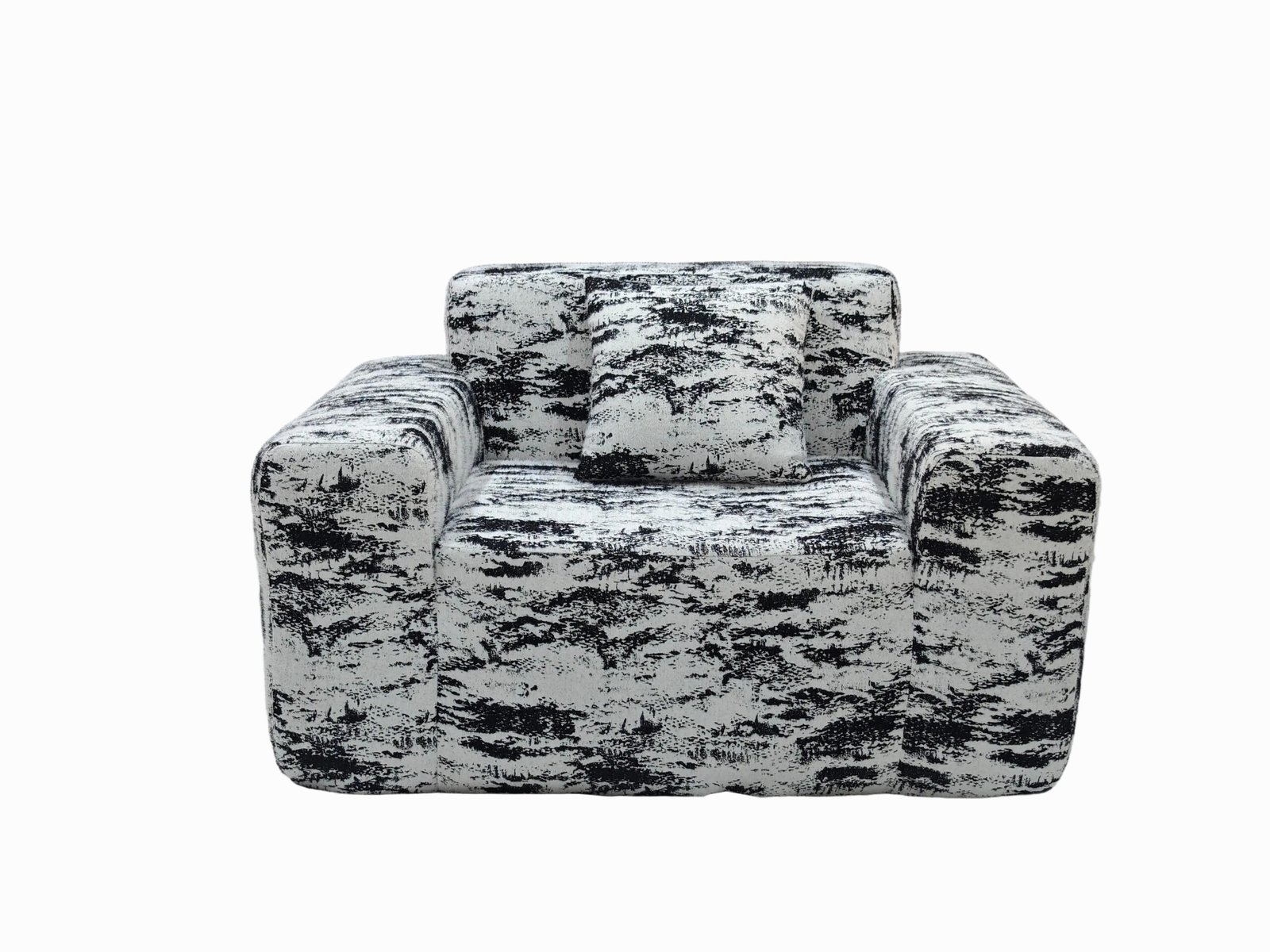
Sofas that compress must survive folding, pressure, vacuum-packing, and re-expansion.
Each component—frame, foam, fabric, and even zippers—must balance flexibility with durability.
We’ve tested hundreds of combinations at HSM. Here’s what we use now—and why.
What wood and plywood materials support the frame?

The frame is the skeleton. Weak wood means broken bones.
Compressed sofas use a mix of hardwood and engineered plywood for strong, stable, yet lightweight frames.
Common materials used:
| Material | Benefit |
|---|---|
| Solid Pine | Lightweight, affordable, strong enough |
| Birch Plywood | Stable, resists warping |
| Poplar Strips | Easy to staple into, smooth finish |
We use FSC-certified pine and multilayer plywood to ensure strength and sustainability. Plywood is especially great because it flexes slightly under pressure—ideal for compression.
Each frame is moisture-tested to stay under 12% humidity—anything more leads to warping after shipping.
What metals are used in folding or load-bearing parts?
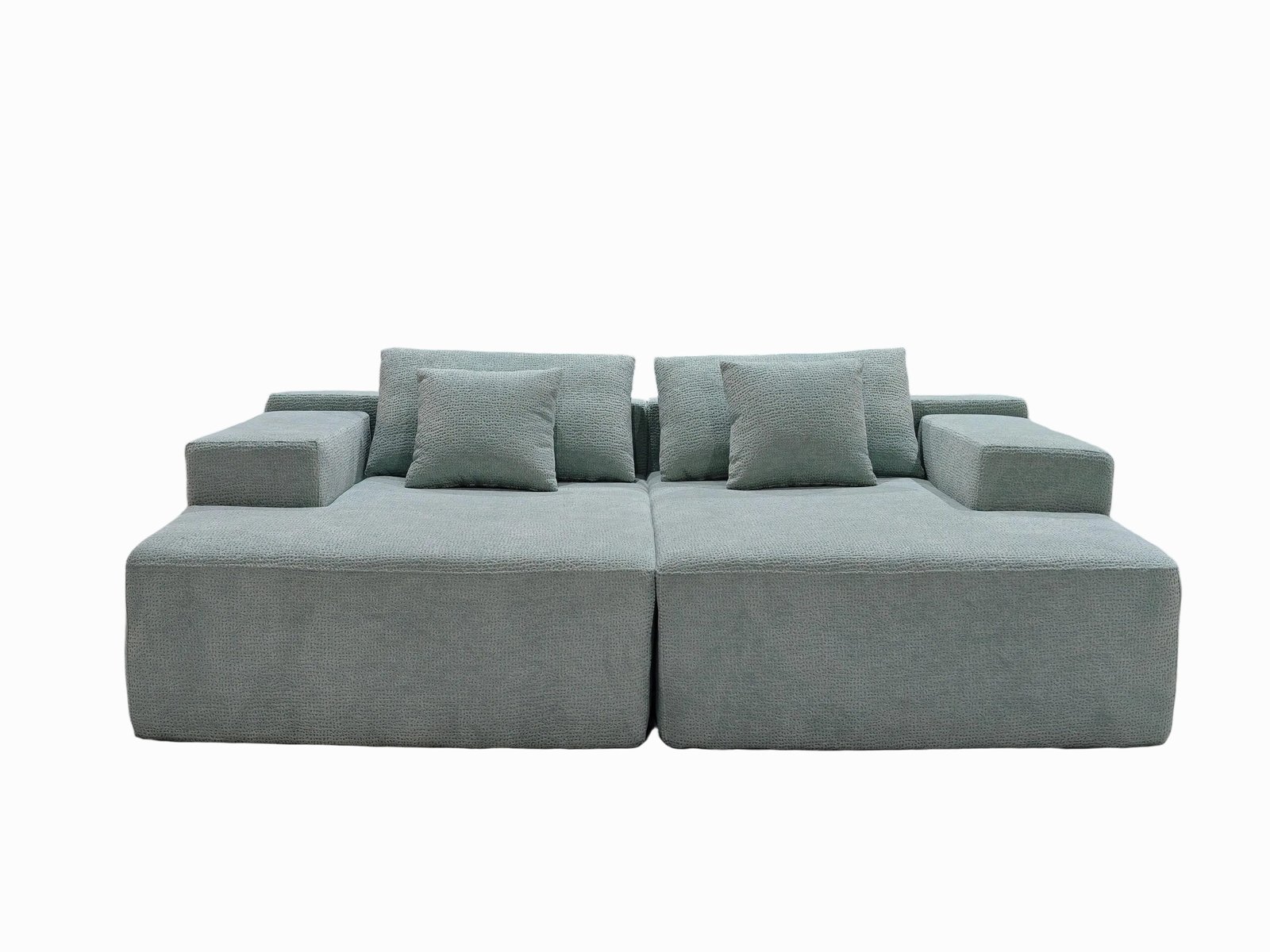
Where wood stops, steel starts.
Compressed sofas often use steel or aluminum for joints, legs, and folding brackets to reinforce structure.
| Metal Type | Use Case | Why It Works |
|---|---|---|
| Powder-coated Steel | Recliner hinges, bracket supports | High load capacity, no rust |
| Aluminum Tubes | Inner frame structures | Light, corrosion-resistant |
Steel is strong, but we add aluminum in back panels and footrests to keep total weight low for shipping.
What types of foam are used for cushioning?

You can’t compress bad foam and expect it to bounce back.
Suppliers use high-resilience polyurethane foam, memory foam, or multilayer composites for comfort and recovery.
Our most-used foam types:
| Foam Type | Application | Properties |
|---|---|---|
| HR Foam (35kg/m³) | Seat cushions | Durable, springy, holds shape |
| Memory Foam | Top seat layers, armrests | Soft contouring, premium comfort |
| Polyurethane Foam | Back cushions, accents | Flexible, low-cost, customizable |
We only use CertiPUR-US certified foam—it guarantees low VOCs, no formaldehyde, and safe performance after compression.
Which fabrics are used for upholstery?
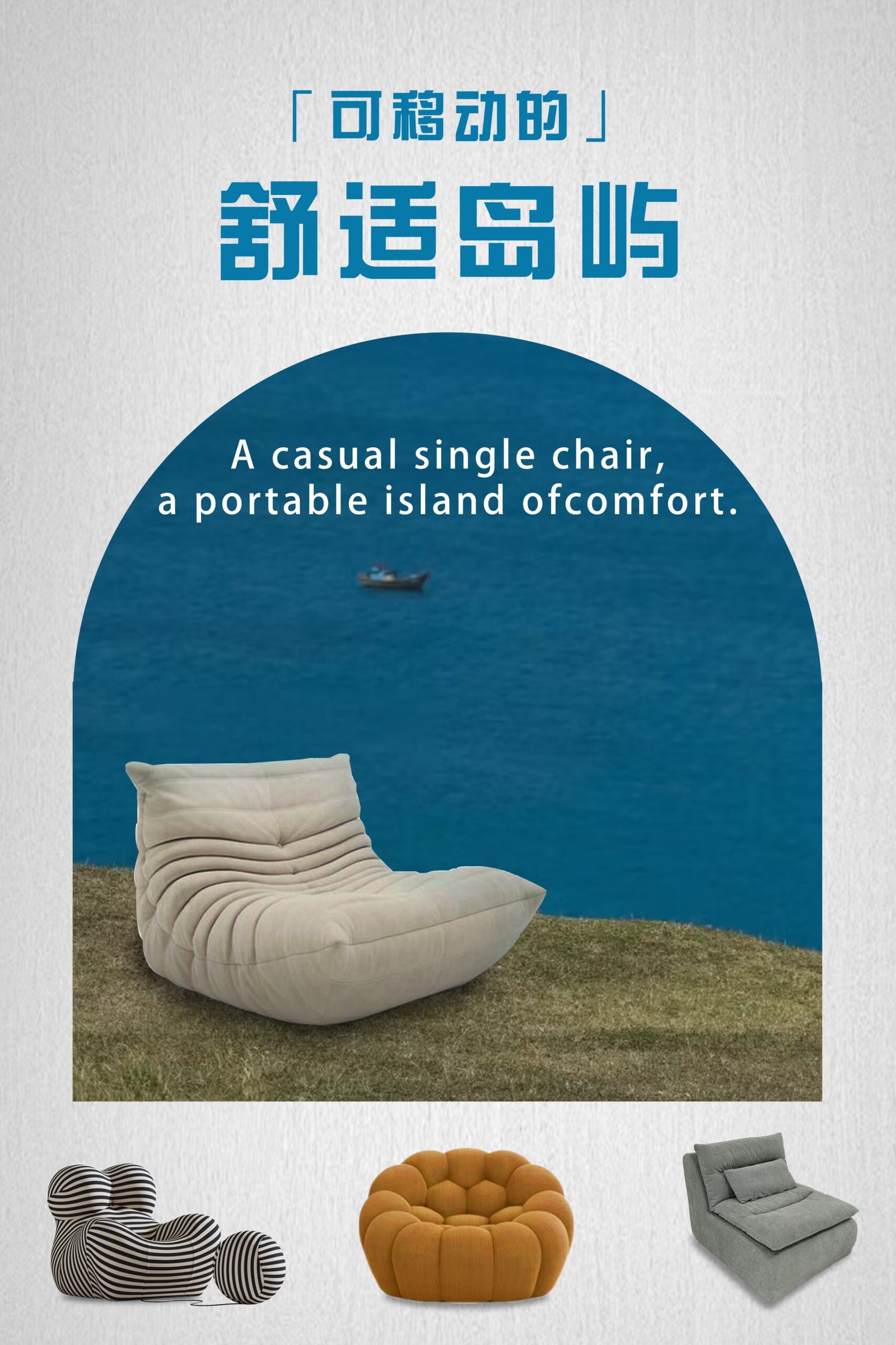
Fabric sets the tone—both in feel and function.
Compressed sofas typically use polyester blends, microfiber, or linen-like weaves that resist wrinkles and tears.
| Fabric Type | Texture & Use | Benefits |
|---|---|---|
| 100% Polyester | Smooth, plain weave | Fade-resistant, easy to clean |
| Woven Linen Blend | Textured, natural look | Breathable, pet-friendly |
| Microfiber Suede | Soft, plush finish | Spill-resistant, low maintenance |
We test every fabric for:
- Martindale abrasion (≥20,000 rubs)
- Color fastness
- Stretch recovery (essential after decompression)
Popular shades include neutral greys, earth tones, and matte blacks—they look clean even after tight packing.
Do compressed sofas use leather?
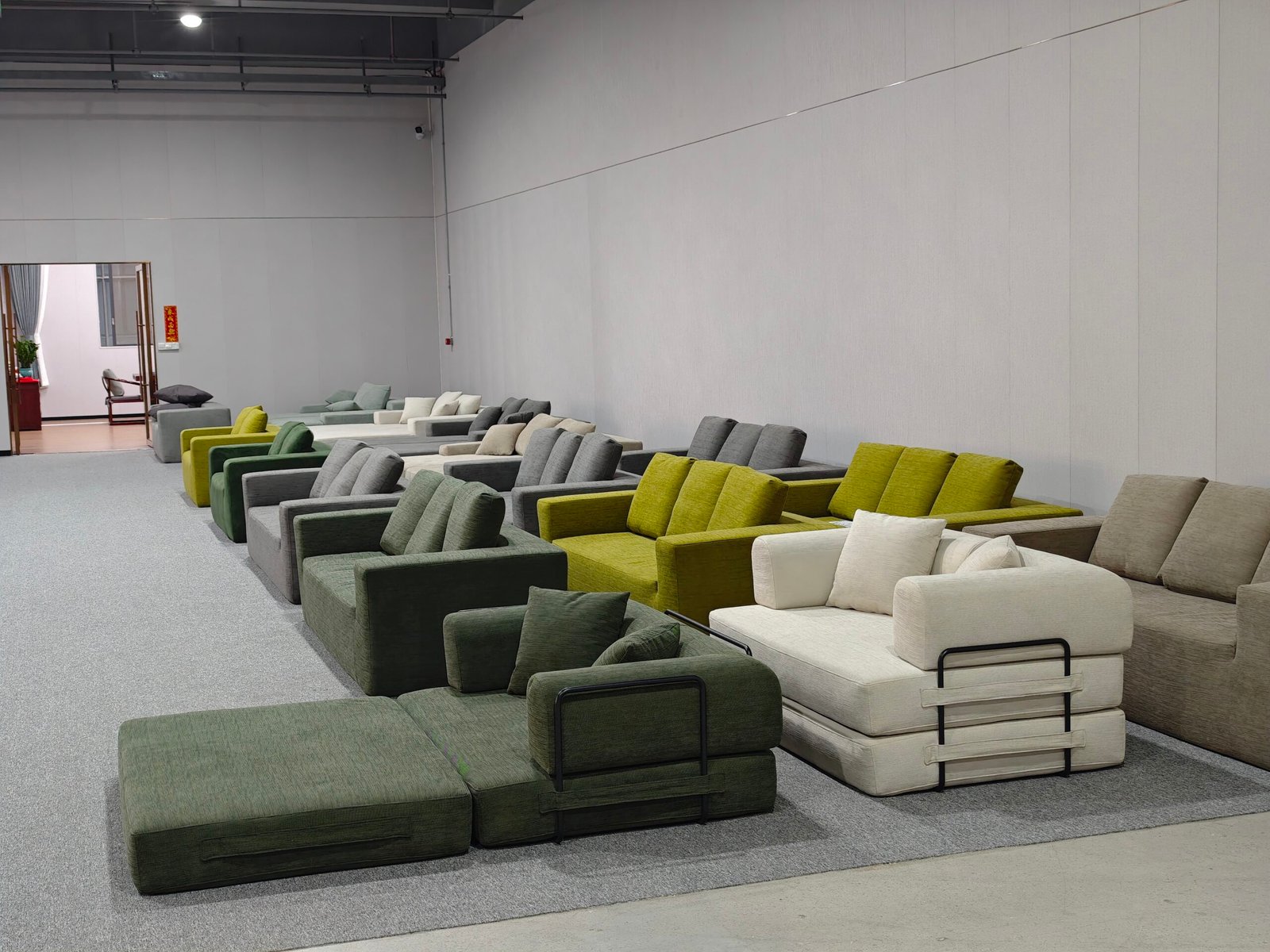
Yes—but it's usually synthetic.
PU leather is the go-to for compressed sofas because it handles folding better than natural hides.
| Leather Type | Pros | Common Use |
|---|---|---|
| PU Leather | Flexible, wipe-clean, modern look | Accent arms, recliners |
| Microfiber Faux | Soft and breathable | Full sofa sets, pet-friendly homes |
Real leather tends to crack under compression. PU and microfiber alternatives can flex and snap back with ease.
What adhesives and fasteners are used?
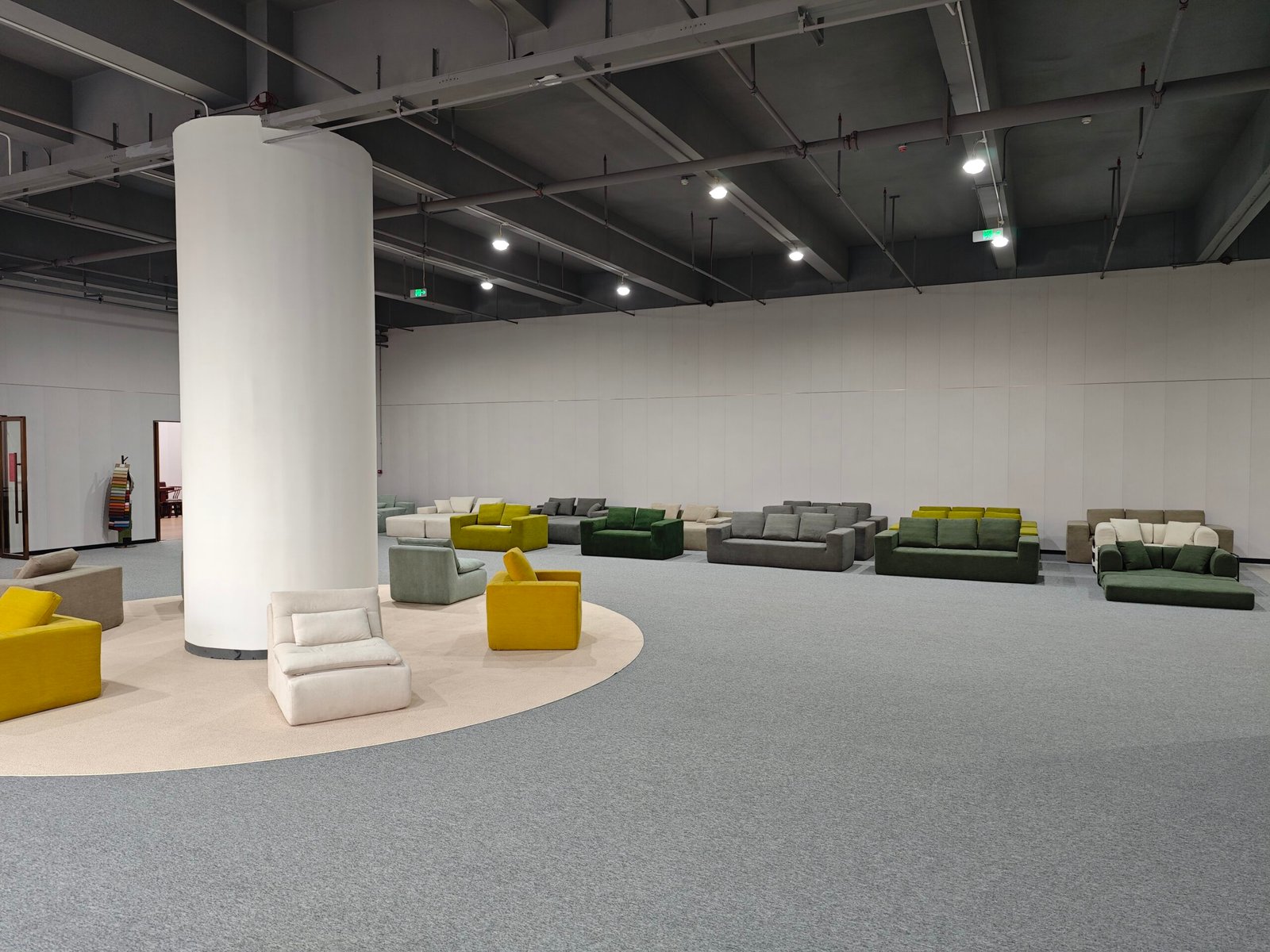
What holds it all together is just as important.
Compressed sofas use water-based adhesives, zinc-coated staples, and Allen-key fasteners for modularity and strength.
Fastening tools:
- Water-based glue: Eco-friendly, strong hold, no smell
- Upholstery staples: Rust-proof, deep penetration
- Screw+bolt sets: Included in flat-pack kits for DIY assembly
We also use Velcro + zippers for removable covers—customers love the washability.
What packaging materials are involved?
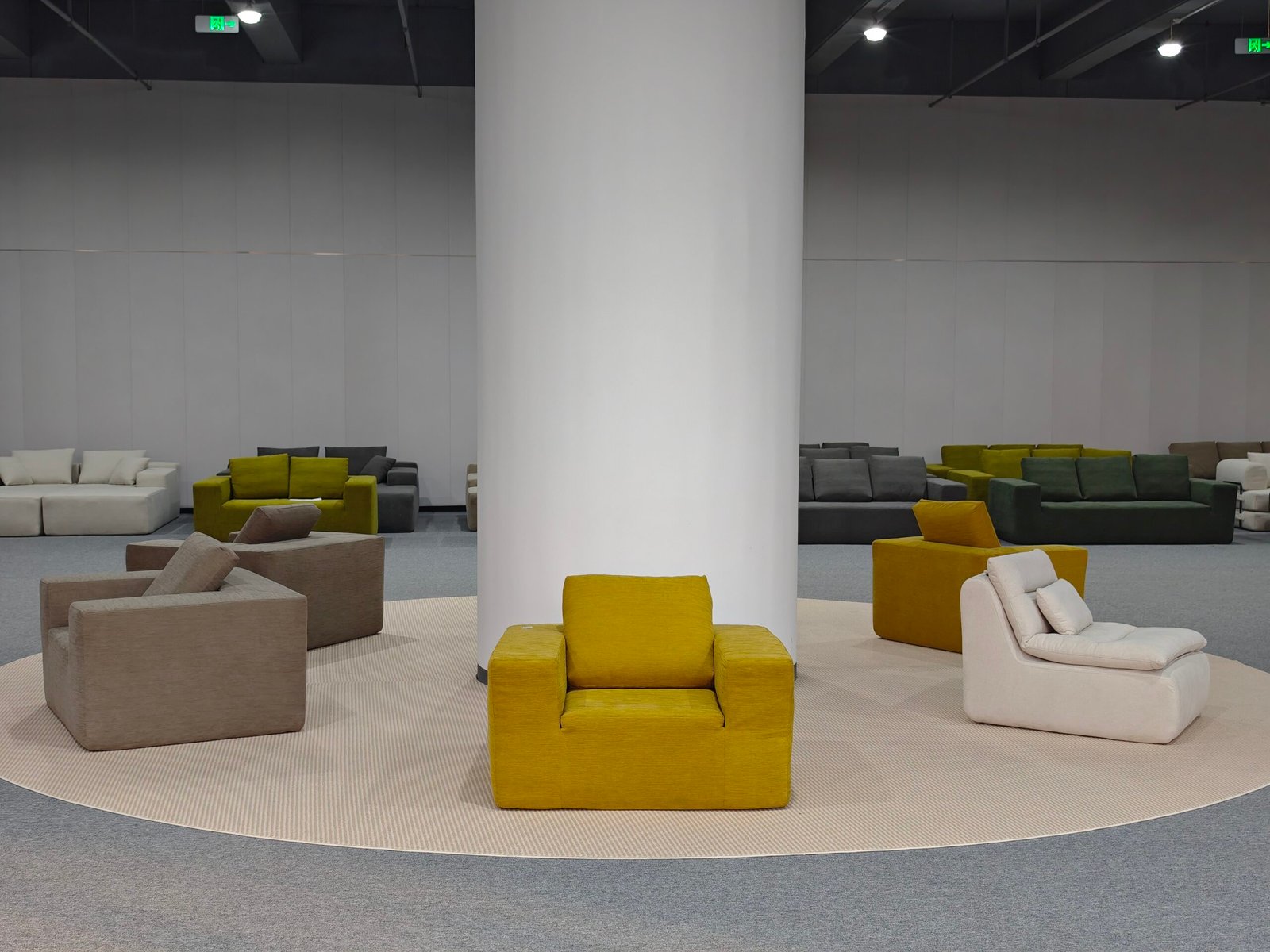
Getting it to the customer safely is part of the design.
Sofas are packed with PE wrap, kraft board, edge protectors, and high-density cartons—all tested for drops and stacking.
| Material | Function |
|---|---|
| PE Plastic Wrap | Dustproof and waterproof |
| Honeycomb Cardboard | Edge protection |
| Corrugated Carton | Main outer box, 5-ply minimum |
| Vacuum Seal Bags | Foam compression and shape hold |
Every box includes:
- Printed manual
- QR code for video assembly
- Return labels and warranty details
Our cartons can survive five 80cm drops—with zero internal damage.
Are recycled materials used?

Sustainability is rising—and smart suppliers follow.
Yes, many compressed sofa suppliers use recycled fabric, foam, and wood offcuts to reduce waste.
We now use:
- GRS-certified fabrics made from post-consumer PET
- Rebonded foam in armrests and base layers
- Plywood offcut panels for non-load areas
This helps reduce cost and win eco-conscious buyers, especially in Europe.
Conclusion
From frame to foam to fabric, compressed sofa materials must be light, durable, compressible, and sustainable. Getting the mix right ensures every product ships well, expands right, and lasts for years.